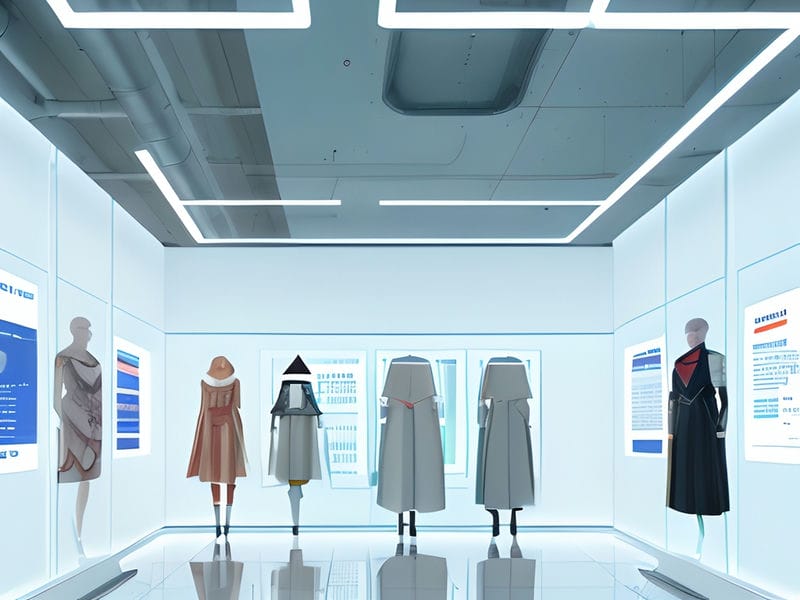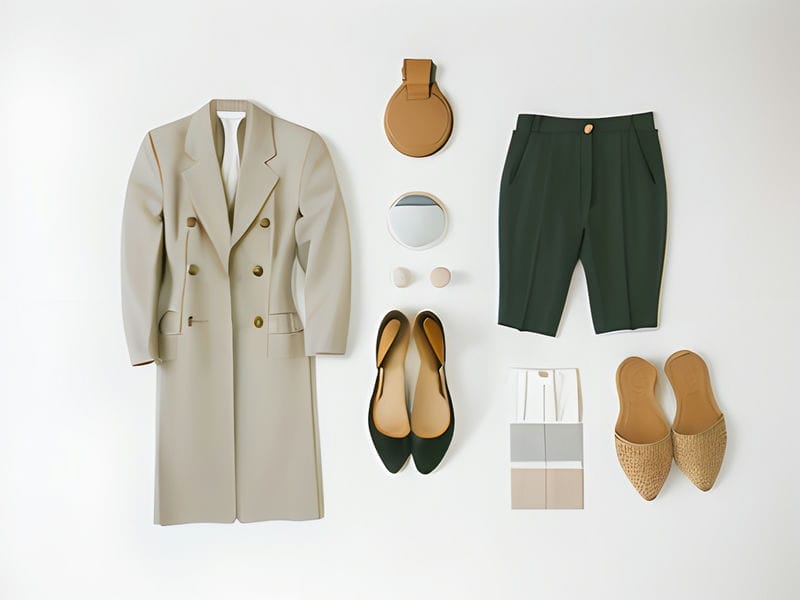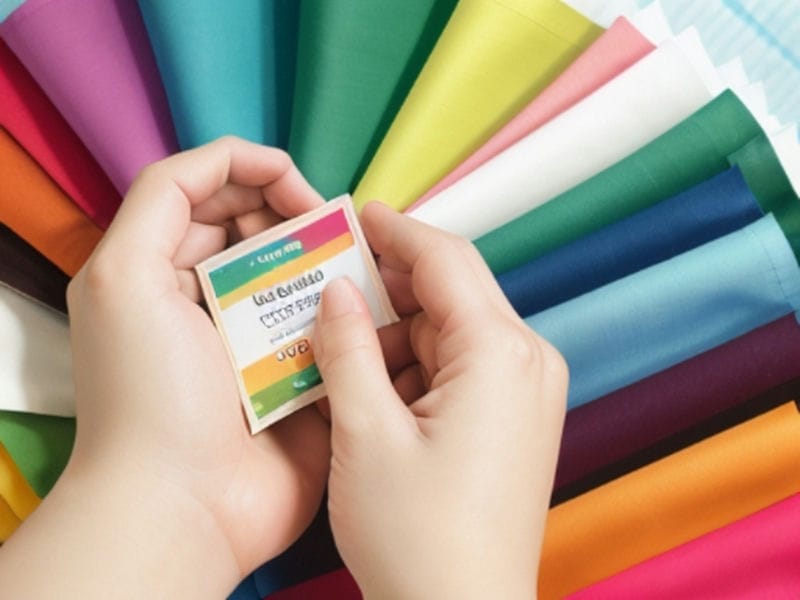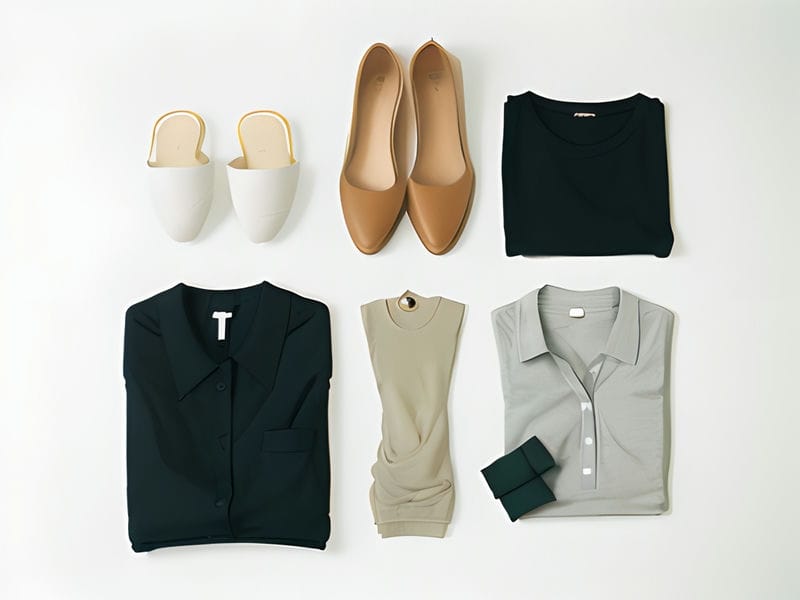
Explanation of what fair trade is and its principles
Upcycling: Giving New Life to Old Clothes
In today's fast-paced world, the fashion industry is constantly churning out new trends and styles at a rapid pace. Upcycling gives new life to old garments The Role of Transparency in Ethical Fashion PETA-Approved Vegan. Clothing swaps encourage reuse Rou So Sustainable Fashion Secondhand Shopping. This has led to a culture of disposable fashion, where clothes are worn for only a short period of time before being discarded. However, this cycle of constant consumption is taking a toll on the environment, as it leads to an increase in textile waste and contributes to pollution.
One way to combat this issue is through upcycling old clothes. Upcycling involves taking old or unwanted clothing items and transforming them into something new and unique. Not only does upcycling give old clothes a new lease on life, but it also has numerous benefits for the environment.
By upcycling old clothes, we can reduce the amount of textile waste that ends up in landfills. Textile waste is a major environmental problem, as synthetic fabrics can take hundreds of years to decompose. By repurposing old clothes instead of throwing them away, we can help reduce our carbon footprint and lessen the impact on the environment.
Upcycling also helps to conserve resources by reducing the need for new materials. The production of textiles requires a significant amount of water and energy, as well as chemicals that can harm the environment. By upcycling old clothes, we can help decrease the demand for new textiles and minimize our impact on the planet.
Additionally, upcycling promotes creativity and individuality. When we upcycle old clothes, we have the opportunity to create one-of-a-kind pieces that reflect our personal style and taste. This not only gives us a sense of satisfaction but also helps us break away from mass-produced fashion trends that contribute to overconsumption.
In conclusion, upcycling old clothes is not only beneficial for the environment but also offers a fun and creative way to revamp our wardrobes. By giving new life to old garments through upcycling, we can help reduce textile waste, conserve resources, and promote sustainability in the fashion industry. So next time you're thinking about getting rid of an old piece of clothing, consider giving it a second chance through upcycling your wardrobe (and the planet) will thank you!











